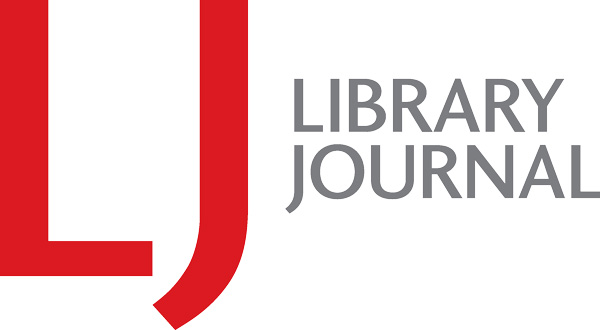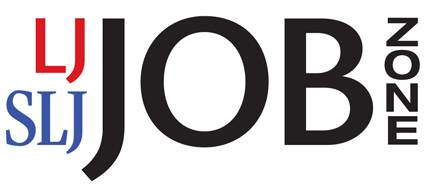Research Article: “Reuse of Wikimedia Commons Cultural Heritage Images on the Wider Web”
The following article was recently published by EBLIP (Evidenced Based Library and Information Practice).
Title
Reuse of Wikimedia Commons Cultural Heritage Images on the Wider Web
Author
Elizabeth Joan Kelly
Loyola University, New Orleans
Source
EBLIP (Evidenced Based Library and Information Practice)
Vol. 14 No. 3 (2019)
DOI: 10.18438/eblip29575
Abstract
Objective
Cultural heritage institutions with digital images on Wikimedia Commons want to know if and how those images are being reused. This study attempts to gauge the impact of digital cultural heritage images from Wikimedia Commons by using Reverse Image Lookup (RIL) to determine the quantity and content of different types of reuse, barriers to using RIL to assess reuse, and whether reused digital cultural heritage images from Wikimedia Commons include licensing information.Methods
171 digital cultural heritage Wikimedia Commons images from 51 cultural heritage institutions were searched using the Google images “Search by image” tool to find instances of reuse. Content analysis of the digital cultural heritage images and the context in which they were reused was conducted to apply broad content categories. Reuse within Wikimedia Foundation projects was also recorded.Results
A total of 1,533 reuse instances found via Google images and Wikimedia Commons’ file usage reports were analyzed. Over half of reuse occurred within Wikimedia projects or wiki aggregator and mirror sites. Notable People, people, historic events, and buildings and locations were the most widely reused topics of digital cultural heritage both within Wikimedia projects and beyond, while social, media gallery, news, and education websites were the most likely places to find reuse outside of wiki projects. However, the content of reused images varied slightly depending on the website type on which they were found. Very few instances of reuse included licensing information, and those that did often were incorrect. Reuse of cultural heritage images from Wikimedia Commons was either done without added context or content, as in the case of media galleries, or was done in ways that did not distort or mischaracterize the images being reused.Conclusion
Cultural heritage institutions can use this research to focus digitization and digital content marketing efforts in order to optimize reuse by the types of websites and users that best meet their institution’s mission. Institutions that fear reuse without attribution have reason for concern as the practice of reusing both Creative Commons and public domain media without rights statements is widespread. More research needs to be conducted to determine if notability of institution or collection affects likelihood of reuse, as preliminary results show a weak correlation between number of images searched and number of images reused per institution. RIL technology is a reliable method of finding image reuse but is a labour-intensive process that may best be conducted for selected images and specific assessment campaigns. Finally, the reused content and context categories developed here may contribute to a standardized set of codes for assessing digital cultural heritage reuse.
Direct to Full Text Article (HTML)
Direct to Full Text Article (PDF)
24 pages; PDF.
Filed under: Digital Preservation, Libraries, News, Patrons and Users, Reports
About Gary Price
Gary Price (gprice@gmail.com) is a librarian, writer, consultant, and frequent conference speaker based in the Washington D.C. metro area. He earned his MLIS degree from Wayne State University in Detroit. Price has won several awards including the SLA Innovations in Technology Award and Alumnus of the Year from the Wayne St. University Library and Information Science Program. From 2006-2009 he was Director of Online Information Services at Ask.com.


